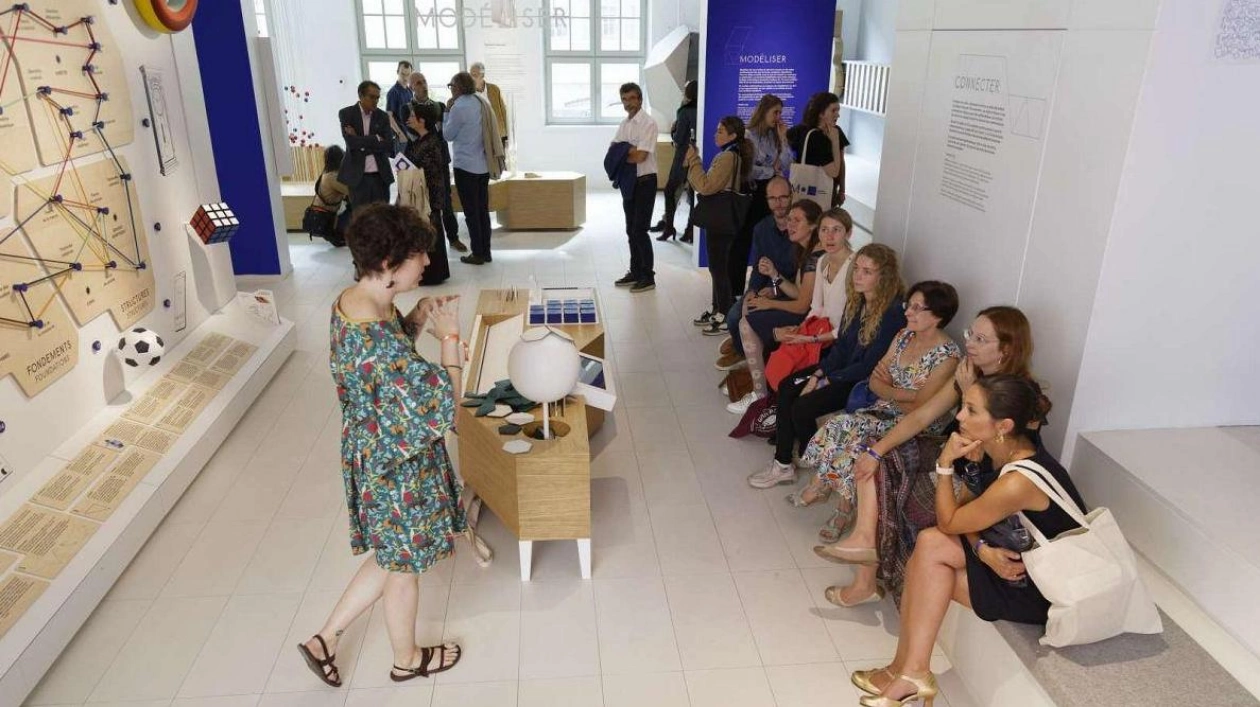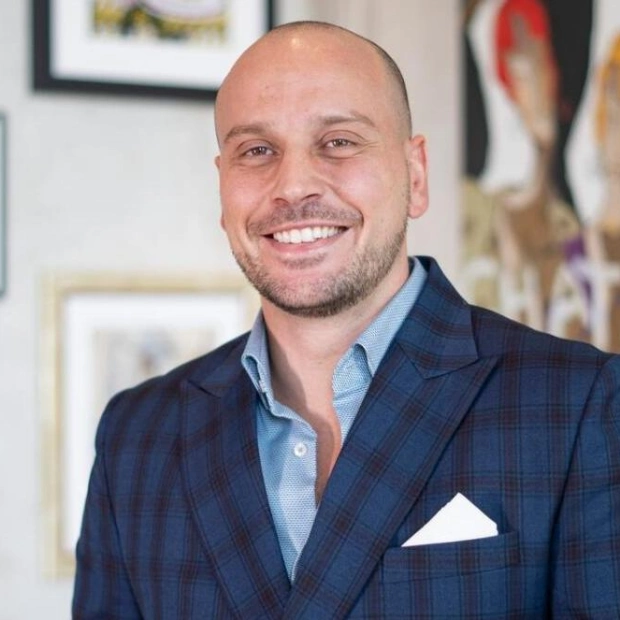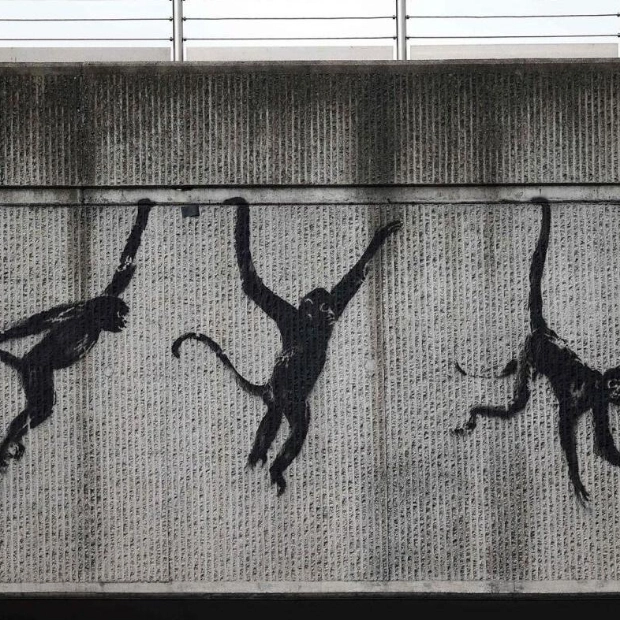In a red brick building on a small street in Paris’ historic Latin Quarter, a group of high school students are attempting to solve a puzzle. Their task is to recreate a football from memory by attaching geometric shapes to a plain sphere. The process requires mental agility – hexagons seem logical, but it’s impossible to cover the ball with just this shape. After some frustration, one student realizes the solution: incorporating pentagons at strategic points eliminates the sharp angles. The group celebrates their success.
This scenario unfolds five days a week at the Maison Poincaré, France’s pioneering museum dedicated to mathematics. “We aimed to create engaging entry points in the museum,” explains Sylvie Benzoni-Gavage, Director of the Institut Henri Poincaré, which hosts the museum. “These familiar objects help people connect with the subject matter.”
Benzoni-Gavage led a team of professional researchers, mathematics teachers, professors, and mediators from various French institutions in designing the museum, continuing the work of her predecessor, French MP and mathematician Cédric Villani. On 30 September, the museum celebrated its first anniversary with the ambitious goal of making maths enjoyable, particularly for young people. However, the journey was not always straightforward.
“Initially, I was skeptical about what we would display in the museum,” Benzoni-Gavage tells Euronews Culture. “The scientific community was also uncertain. But we had to rise to the challenge, turning it into a collective effort.” The Institut Henri Poincaré collaborated with an architect and scenographer to design the museum’s space, located on the ground floor of a research centre building in Paris.
The scenographer managed the visual aspects of the exhibitions, while content decisions were a collaborative process. “We didn’t want to create a science museum with toys for young children,” Benzoni-Gavage says. “Instead, we focused on the scientific community’s expertise, aiming to engage high schoolers and adults with basic maths knowledge.”
Céline Nadal, a museographer, bridged the gap between scientists and the scenographer, translating complex subjects for a broader audience. Nadal noted that it’s uncommon for researchers to be so deeply involved in museum creation. “Typically, the scientific council reviews texts,” she shares. “But Benzoni-Gavage wanted researchers involved throughout, even in experience conception.”
Researchers even coded a program simulating crowd movement. Benzoni-Gavage also created prototypes for certain exhibits, including the advanced level of the football challenge. Her office is filled with models made from colored construction paper, including a shape that inspired her latest book.
Maison Poincaré’s content is tailored for high schoolers and adults with basic maths knowledge. The goal was to make maths more accessible to the public. “As maths professionals, we believe most people are unfamiliar with modern maths,” Benzoni-Gavage says. “Maths taught in schools is outdated. We aimed to showcase contemporary research topics.”
To emphasize maths’ modern relevance, the museum avoided historical focus. Instead, it highlights the present and future of mathematics. The first temporary exhibition focused on Artificial Intelligence, and the permanent “Becoming” exhibit features real-life maths applications. “We wanted to show that maths careers aren’t limited to academic research,” Nadal says.
Maison Poincaré’s opening coincided with concerns over France’s declining maths scores. The latest OECD PISA report showed a 21-point drop in French students’ average maths scores over four years. Another challenge is the negative perception of maths, which Benzoni-Gavage aims to change.
“We need to shift the idea that maths is about solitary geniuses solving impossible problems,” she says. “Maths is collective, collaborative, and mistakes are part of the learning process.” The museum strives for gender parity, featuring an equal number of men and women in its exhibitions.
“Our goal is to create a welcoming environment for all,” Benzoni-Gavage shares. “We made a conscious effort to show gender equality and diversity.” In France, only 20% of mathematicians are women. By portraying equal representation, the museum hopes to inspire visitors to see maths as a field for everyone.
One year on, Maison Poincaré has received positive feedback. “People are surprised and generally enjoy the museum,” Benzoni-Gavage says. “They appreciate how maths connects to daily life.” While some visitors may feel frustrated by not fully understanding everything, Benzoni-Gavage sees this as part of the learning process.
The current temporary exhibition, “Comme Par Hasard,” explains probability principles through interactive games and videos. Maison Poincaré will be open free of charge on 12 October for the nationwide Fête de la Science. The Paris Mathematics Museum, or Maison Poincaré, is open daily except Sundays and Wednesdays at 11 Rue Pierre et Marie Curie in Paris, with tickets available online.






